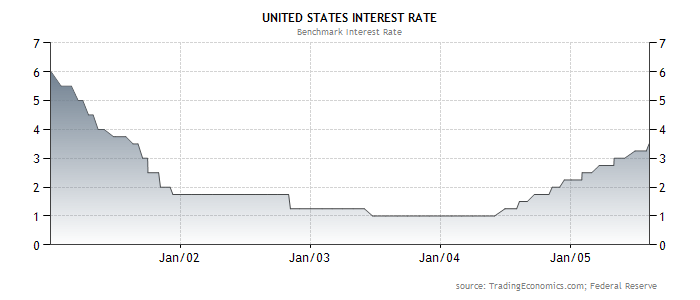It may come as some carrion comfort to Australian manufacturers to learn that the majority if their global brethren are also now in recession. Yesterday and last we night we learned from PMI releases that the manufacturing sectors of Taiwan, South Korea, UK and Europe all contracted in August. China managed an insipid rise as did Japan on its tsunami recovery.
The US ISM fell from 50.9 to 50.6, but did at least expand slightly. New orders were up slightly but are still contracting at 49.6. In the upside down world of good news is bad news this rated quite highly, sending the S&P down an inscrutable 1.2% (markets should take comfort from the likelihood of a poor unemployment number tomorrow).
Worryingly, the new orders readings in all of the other PMIs fell.
So, the rest of world production is suddenly outpacing the fall of that in the US. And the net result is that the global manufacturing PMI also stands at the verge of recession on 50.1. Moreover, global new orders have fallen for consecutive months at a faster rate:

The most important question, however, is what happens now? Look at the two charts above. There was a similar double dip in the global PMI in 2003 following the millennium semi-global recession. PMIs contracted briefly then before taking off again. Can we expect the same this time?
In a word, no. Not on current setting anyway.
The 2003 bounce was led by Western monetary largesse, especially Alan Greenspan who took low rates to very low rates as the PMIs dipped:

Of course there were other factors. The US invaded Iraq in early 2003 and the oil price fell handily for the year. But what really dragged the global PMIs upwards into a virtuous cycle was the great and enduring Western housing bubbles sparked by Greenspan & Co and Bretton Woods II transfers of debt.
This time around the US has scheduled 1.5% of GDP worth of fiscal cuts for next year. Europe is even more determined to austerisize itself out of existence. And oil, sadly, is at $90. The Fed will ride to the rescue with something and as Brazil showed overnight, emerging markets can shift to stimulate as well. But with BRIC GDP around $11 trillion versus $31 trillion in the US and Europe, and less scope to stimulate themselves owing to inflation that hope looks limited as well.
Without further stimulus, the next shoe to drop is job losses as manufacturers look to offset falling demand by cutting costs. That will hit demand further. We stand at the verge of negative feedback loop for the global economy.
Perhaps the equity market was right last night after all.

